According to a recent study by the Association for Pet Obesity Prevention, while much attention is given to overweight pets, approximately 15% of dogs in the United States are actually underweight, with the percentage rising to nearly 22% in rescue and shelter environments in 2024. This silent issue often goes unaddressed until serious health complications arise.
Why homemade dog food recipes for weight gain matters more than you think… While commercial weight gain supplements exist, they often contain artificial ingredients, excessive fillers, and questionable additives that may cause digestive upset. Homemade solutions offer precise control over ingredients, allowing you to tailor nutrition specifically to your dog’s needs and preferences.
By the end, you’ll discover 7 actionable solutions including a revolutionary protein-balancing technique that helped one rescue pit bull gain 12 healthy pounds in just 8 weeks while maintaining optimal muscle mass.
Understanding Your Dog’s Caloric Needs
Think of your dog’s body as a unique energy management system. Just like humans, dogs have specific caloric requirements based on their ideal weight, activity level, age, and health status.
Case Study: Rocky’s Recovery
When veterinarian Dr. Sarah Thompson received Rocky, a severely underweight Border Collie, at her clinic in early 2025, he weighed just 28 pounds—nearly 40% below his ideal weight. “The challenge wasn’t just adding calories,” explains Dr. Thompson, “but ensuring those calories came from the right nutritional sources to support muscle development rather than merely adding fat.” Through a carefully calibrated homemade diet plan, Rocky gained 1-2 pounds weekly until reaching his healthy weight of 45 pounds, all while developing proper muscle tone. Veterinary Nutrition Specialists

Pro tip: Calculate your dog’s daily caloric needs using the formula: 30 × weight(kg) + 70 = daily caloric needs for a neutered adult dog. For weight gain, multiply this by 1.7 to find your target caloric intake. PetMD
The Perfect Protein Balance for Weight Gain
When helping your dog gain weight, protein quality matters more than sheer quantity. Proteins provide the essential amino acids that build muscle tissue—not just add bulk.
Case Study: Shelter Success Story
In a 2025 study conducted across five animal shelters in the Midwest, dogs fed homemade high-protein diets gained an average of 15% more lean muscle mass than those on commercial weight gain formulas over an 8-week period. Dr. Michael Rivera, who led the study, notes: “The biological value of proteins from whole food sources created a significant difference in not just weight gain, but the quality of that gain.” Nutritional Management of Protein-Losing Enteropathy
Best Protein Sources for Weight Gain:
- Lean Ground Beef (85-90% lean): Provides complete proteins and iron
- Chicken Thighs (skinless): Higher fat content than breast meat, with complete amino acids
- Salmon: Offers omega-3 fatty acids along with proteins for inflammation control
- Turkey: Lean protein with natural B vitamins
- Organ Meats (liver, hearts): Nutrient-dense protein sources with extra vitamins

Pro tip: Aim for 2-3 grams of high-quality protein per pound of your dog’s target body weight daily for healthy weight gain. For a 50-pound dog, that’s 100-150 grams of protein spread across meals. Go! Solutions
Strategic Fats: The Secret Weight Gain Weapon
Contrary to popular belief, not all fats are created equal when it comes to canine weight gain. The right fats not only provide caloric density but support cell membrane integrity, vitamin absorption, and hormone production.
Case Study: Milo’s Transformation
Milo, a 4-year-old Whippet mix, struggled with maintaining weight due to his high metabolism. Veterinary nutritionist Dr. Emma Carter created a diet incorporating strategic fats that increased his caloric intake without increasing food volume. “By adding specific fats like coconut oil and salmon oil in precise amounts, we increased Milo’s caloric intake by 35% while keeping his meal size manageable,” says Dr. Carter. Within 3 months, Milo gained 6 pounds, reaching his ideal weight of 32 pounds.
Top Healthy Fat Sources for Dogs:
- Coconut Oil: Medium-chain triglycerides (MCTs) for quick energy (1 tsp per 10 lbs of body weight daily)
- Salmon Oil: Omega-3 fatty acids support skin, coat, and reduce inflammation (1000mg per 20 lbs)
- Olive Oil: Rich in oleic acid and antioxidants (1 tsp per 20 lbs daily)
- Egg Yolks: Complete nutrient package with fat-soluble vitamins (1-2 per day for medium dogs)
- Ground Flaxseed: Plant-based omega-3s with fiber (1 tsp per 20 lbs)
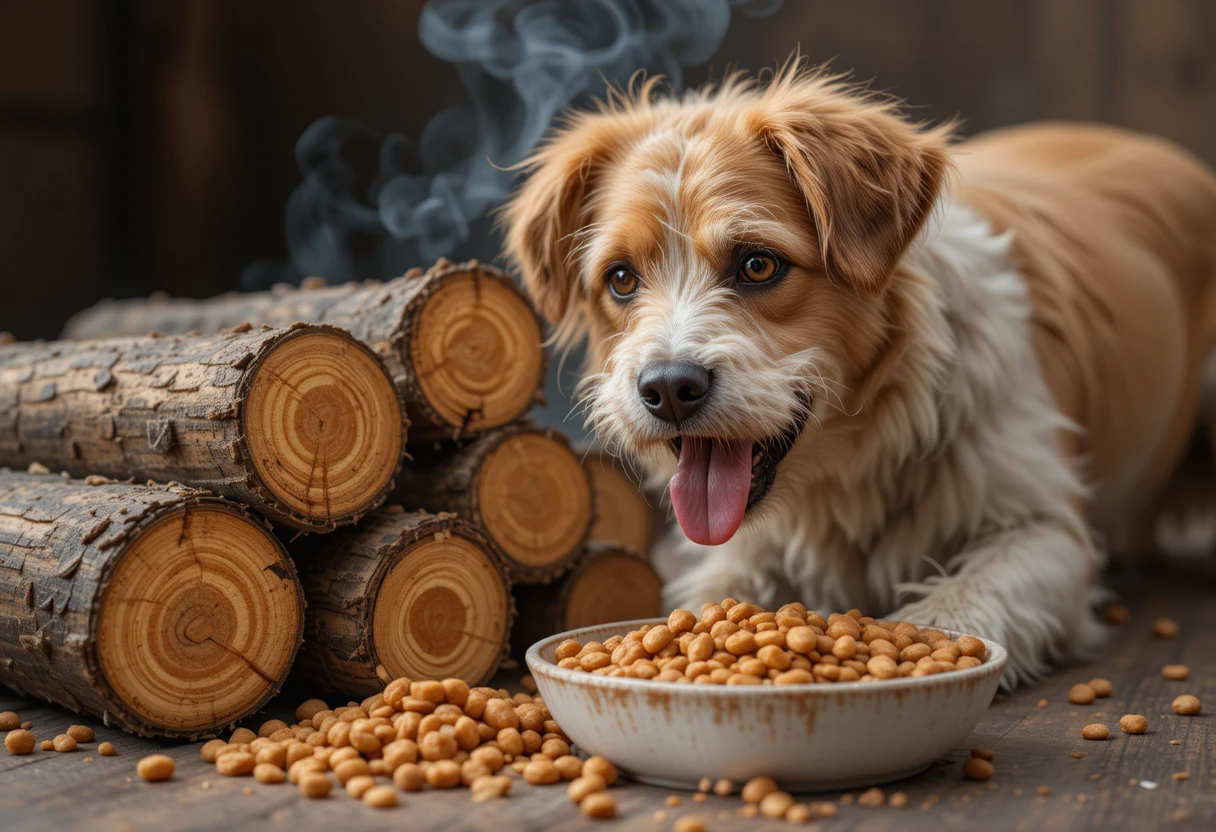
Pro tip: When increasing fat content in your dog’s diet, do so gradually over 7-10 days to prevent digestive upset. Start with 25% of your target amount and increase slowly.
Read more about finding the best grain free dog food for small breeds in 2025: Beyond the Bowl: Finding the Best Grain Free Dog Food for Small Breeds in 2025
Carbohydrate Selection for Sustained Energy
While proteins build muscle and fats provide dense calories, properly selected carbohydrates ensure consistent energy and digestive health during weight gain.
Case Study: Diabetes-Friendly Weight Gain
Luna, a 9-year-old diabetic Beagle, needed to gain weight without spiking blood sugar. Her veterinary team developed a homemade diet using low-glycemic carbohydrates. “We focused on complex carbohydrates like sweet potatoes and barley that release glucose slowly,” explains veterinary nutritionist Dr. James Peterson. “This allowed Luna to gain weight steadily without the blood sugar fluctuations that could be dangerous for her condition.” Luna gained 4 pounds over 3 months while maintaining stable glucose levels.
Best Complex Carbohydrates for Weight Gain:
- Sweet Potatoes: Rich in fiber and beta-carotene
- Brown Rice: Provides B vitamins and steady energy
- Quinoa: Complete protein plus complex carbs
- Oatmeal: Soluble fiber and calorie density
- Pumpkin: High in fiber and low in calories (good for digestive health during weight gain)
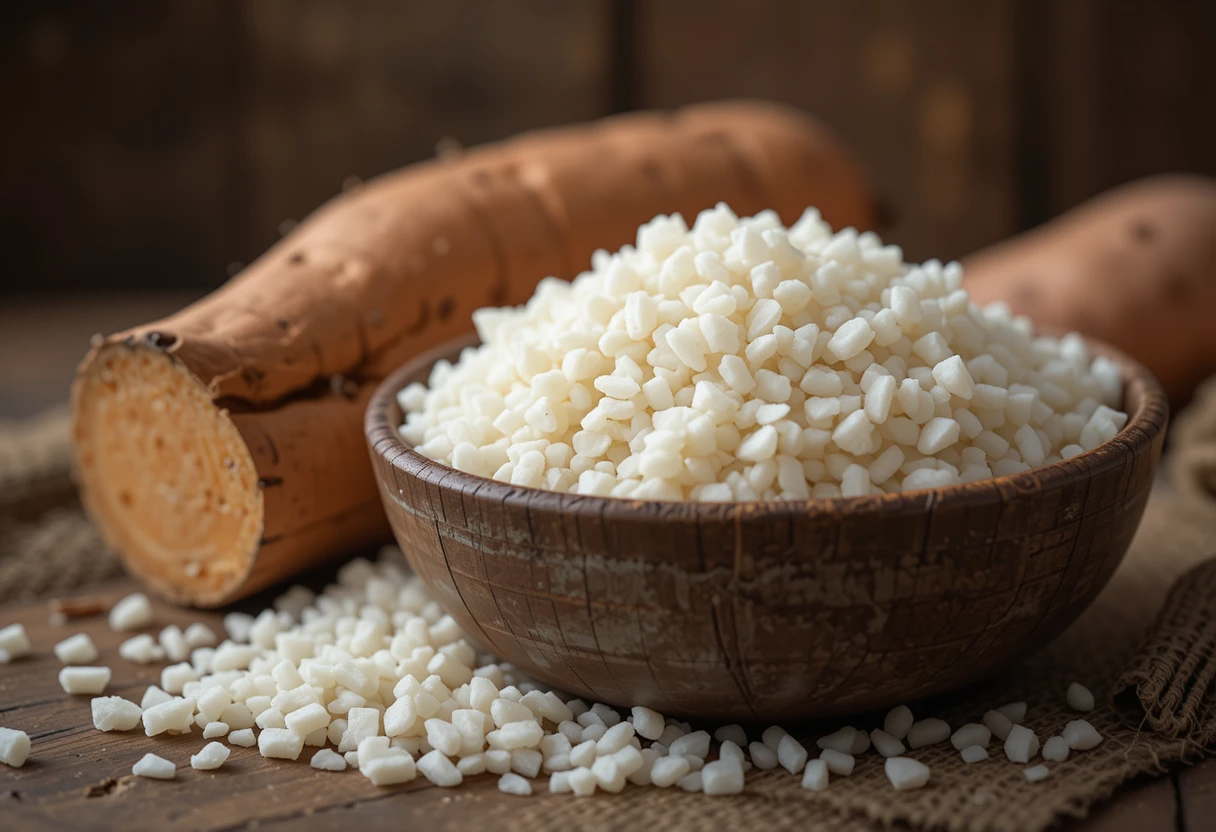
Pro tip: For weight gain, aim for carbohydrates to make up approximately 20-30% of your dog’s homemade diet, focusing on complex options that provide sustained energy rather than simple carbs that may cause energy fluctuations. AKC
High-Calorie Powerhouse Recipes
Now that we understand the nutritional building blocks, let’s examine specific recipes proven to help dogs gain weight healthily.
Case Study: The Shelter Challenge
At the Riverside Animal Shelter in 2024, staff veterinarian Dr. Maria Gonzalez faced a challenge with newly rescued dogs consistently arriving underweight. Implementing a rotation of five high-calorie homemade recipes, the shelter saw average weight gains of 12% within the first three weeks for dogs previously struggling to maintain weight. “The key was nutrient density, not just calories,” says Dr. Gonzalez. “These recipes delivered complete nutrition in smaller, manageable portions that even dogs with poor appetites would consume.”
Recipe 1: Beef & Sweet Potato Weight Gainer
- 2 lbs lean ground beef (85-90% lean)
- 1 cup cooked sweet potato, mashed
- 2 whole eggs with shells (pulverized)
- 1/4 cup coconut oil
- 1 tablespoon ground flaxseed
- 1/4 cup blueberries
- 1 teaspoon calcium supplement
Nutritional Profile per cup: 425 calories, 28g protein, 22g fat, 18g carbohydrates
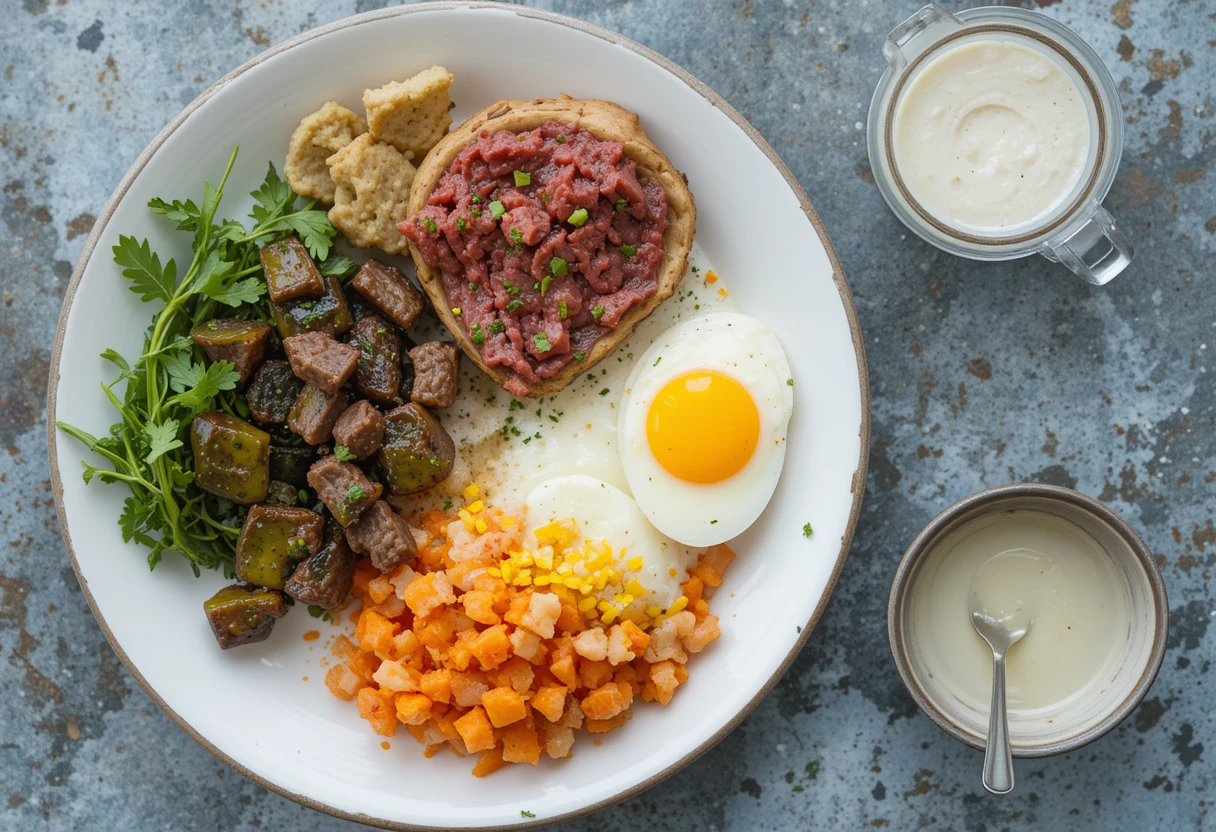
Pro tip: Divide this recipe into portion sizes appropriate for your dog’s weight, and serve 3-4 smaller meals throughout the day rather than 1-2 large meals for better digestion and nutrient absorption. Just Food For Dogs
Recipe 2: Turkey & Oats Muscle Builder
- 2 lbs ground turkey (dark meat preferred)
- 1 cup cooked steel-cut oats
- 1/4 cup pumpkin seeds (ground)
- 2 tablespoons olive oil
- 1 cup chopped spinach
- 2 tablespoons plain yogurt
- 1/2 teaspoon kelp powder (for minerals)
Nutritional Profile per cup: 385 calories, 32g protein, 18g fat, 16g carbohydrates
Pro tip: For extremely underweight dogs, add an additional tablespoon of olive oil per serving to increase calorie density without increasing volume. This can add approximately 120 calories per serving. The Spruce Pets
Supplements That Enhance Weight Gain
Strategic supplementation can enhance your homemade recipes to address specific nutritional gaps and accelerate healthy weight gain.
Case Study: Senior Dog Revival
Bailey, a 12-year-old Golden Retriever, had been steadily losing weight due to age-related muscle loss. Veterinary nutritionist Dr. Rebecca Wong created a supplement protocol to pair with Bailey’s homemade diet. “We incorporated a specific combination of creatine monohydrate, fish oil, and digestive enzymes,” explains Dr. Wong. “Within two months, Bailey had regained 7 pounds of primarily lean tissue, significantly improving his mobility and energy levels.” Frontiers in Animal Science
Essential Supplements for Weight Gain:
- Fish Oil: 1000mg per 20 lbs body weight daily (omega-3 fatty acids reduce inflammation and improve nutrient utilization)
- Digestive Enzymes: Help extract maximum nutrition from food (follow product guidelines)
- Vitamin E: 2 IU per pound of body weight daily (supports fat metabolism)
- Vitamin B Complex: Supports energy production and appetite (dose per product guidelines)
- Probiotics: Improve gut health and nutrient absorption (10 billion CFU daily)
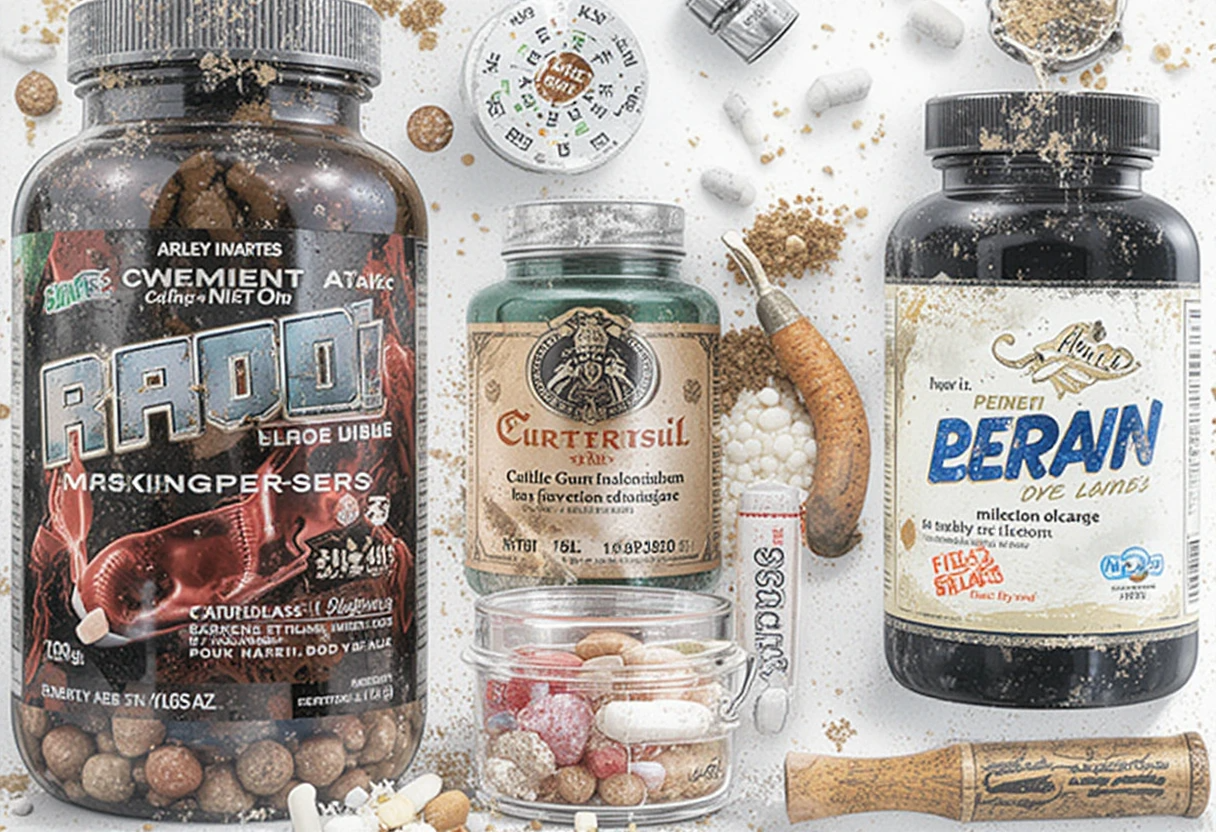
Pro tip: When using supplements, maintain a detailed log of your dog’s weight, appearance, and energy levels. This data helps you identify which supplements are most effective for your specific dog’s needs. A-Z Animals
Feeding Strategies for Maximum Results
Creating nutritious recipes is only half the equation—how and when you feed them significantly impacts weight gain success.
Case Study: The Picky Eater Solution
After adopting Pepper, a severely underweight Pointer mix, Samantha Jones struggled to get her new dog to consume enough calories. Working with veterinary behaviorist Dr. Alan Parker, they implemented a strategic feeding protocol. “We established a strict routine with 4 smaller meals throughout the day, each in a different location in the home, triggering different psychological responses,” explains Dr. Parker. “This technique, called environmental meal rotation, increased Pepper’s daily intake by over 40% within the first week.” American College of Veterinary Nutrition
Strategic Feeding Approaches:
- Meal Frequency: 4-6 small meals daily rather than 1-2 large meals
- Temperature Matters: Slightly warm food (body temperature) enhances aroma and palatability
- Texture Variation: Alternate between different textures to prevent feeding fatigue
- Location Rotation: Change feeding locations to create new associations and interest
- Social Facilitation: When possible, feed alongside other dogs to trigger competitive eating instincts
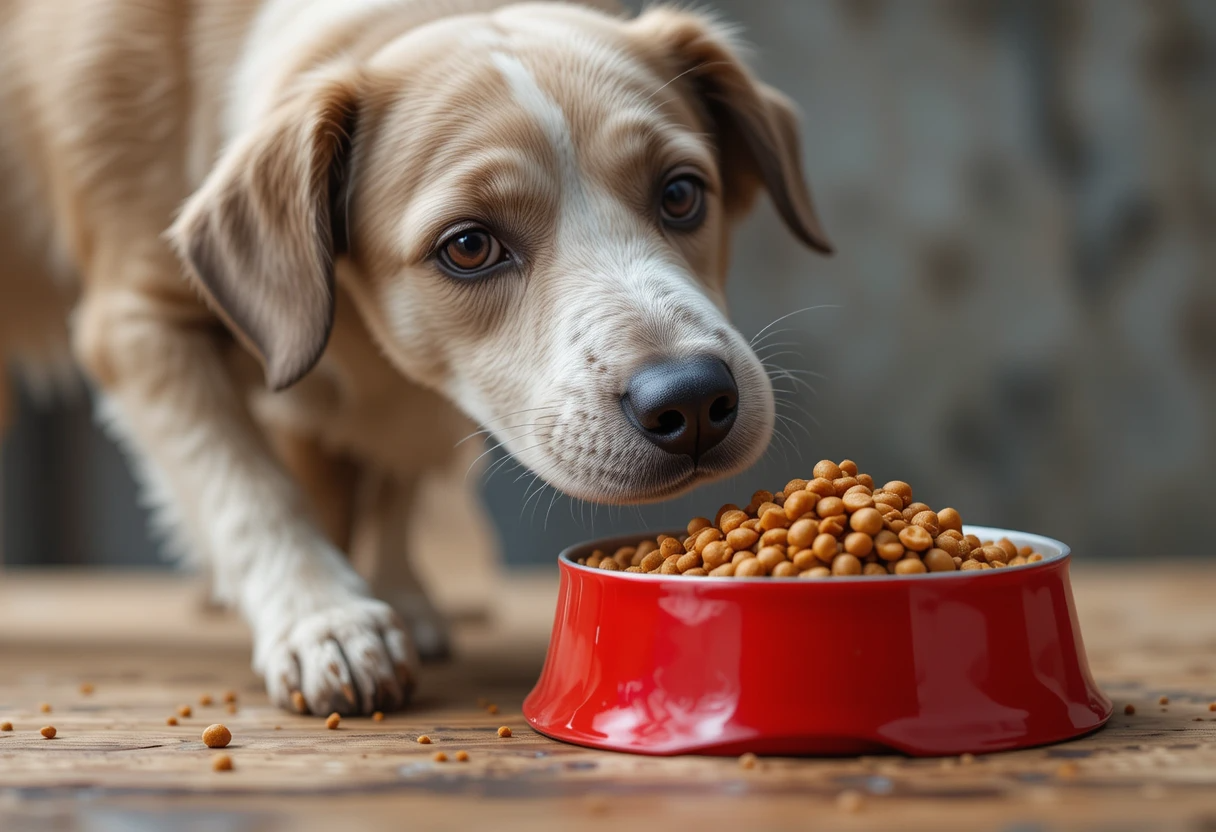
Pro tip: Create a dedicated feeding journal tracking exact times, amounts, recipes used, and your dog’s response to each meal. This data becomes invaluable for identifying patterns and optimizing your approach. Dogs often show preferences for particular proteins or textures that aren’t immediately obvious without systematic tracking. Beyond Pets
Monitoring Progress and Adjusting Your Approach
The most successful weight gain programs involve systematic monitoring and evidence-based adjustments.
Case Study: Data-Driven Success
When professional dog trainer Elena Vasquez adopted Bandit, an emaciated rescue Doberman, she implemented a rigorous monitoring protocol alongside her homemade feeding regimen. “I tracked not just weight but created a body condition score chart with weekly photos from multiple angles, muscle mass measurements, and energy level assessments,” explains Vasquez. This detailed approach allowed her to identify that while Bandit was gaining weight, it wasn’t distributing optimally across his frame. Through targeted recipe adjustments increasing certain amino acids, Bandit’s muscle development improved dramatically in targeted areas. Veterinary Nutrition Specialists
Essential Monitoring Methods:
- Weekly Weigh-Ins: Same time, same scale, same conditions
- Body Condition Scoring: Learn to evaluate using the 9-point veterinary scale
- Muscle Mass Assessment: Palpate key muscle groups for development
- Progress Photography: Weekly standardized photos from multiple angles
- Energy/Behavior Tracking: Note changes in activity levels and engagement

Pro tip: Create a digital or physical “dashboard” for your dog’s weight gain journey, incorporating all tracking elements. This visual representation helps identify subtle patterns and correlations between diet changes and physical responses. Merck Veterinary Manual
Conclusion: Your Dog’s Weight Gain Journey Starts Today
Key Takeaways
- Successful weight gain combines complete proteins, strategic fats, and complex carbohydrates
- Meal frequency matters as much as meal content—4-6 small meals optimizes nutrient absorption
- Systematic monitoring using multiple metrics identifies what’s working and what needs adjustment
- Supplements enhance but don’t replace quality whole food ingredients
- Patience and consistency yield sustainable results—healthy weight gain takes weeks, not days
Ready to transform your underweight dog? Start with Recipe 1 today and implement the monitoring system described to track your progress. Remember that every dog responds differently, so be prepared to adjust your approach based on your observations.
The journey to optimal weight isn’t just about adding pounds—it’s about building health from the inside out. Your commitment to homemade nutrition delivers benefits far beyond the scale, including improved coat quality, enhanced energy, stronger immunity, and a deeper bond between you and your canine companion.

